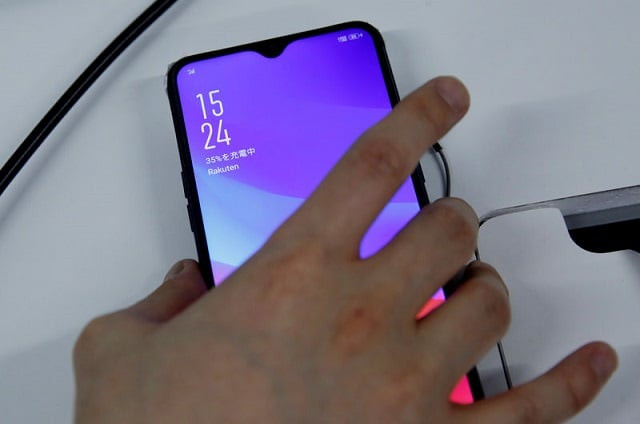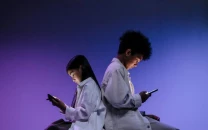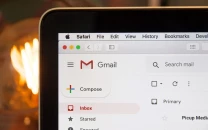Japan telcos' 5G go-ahead cements curbs on Chinese vendors
It can provide data speeds at least 20 times faster than 4G

A staff holds a smart phone which being tested for Rakuten's under-construction mobile network at its network facility in Tokyo, Japan, February 20, 2019.
PHOTO: REUTERS
The three big carriers - NTT Docomo, KDDI and SoftBank - along with new entrant Rakuten, received spectrum from the telecoms ministry.
The technology, which can provide data speeds at least 20 times faster than 4G, is seen as essential for emerging technologies from self-driving cars and smart cities to augmented reality and artificial intelligence.
LG unveils dual-screen 5G smartphone
Japan is lagging other countries such as South Korea and the United States that have already begun rolling out 5G services.
One of the conditions from the telecoms ministry was to “take sufficient cybersecurity measures including responding to supply chain risk”.
The condition effectively prevents the telecom providers from using network equipment from China’s Huawei Technologies and ZTE and follows a de facto ban implemented last year on Japanese government purchases from the manufacturers.
Huawei goes after Samsung with foldable 5G smartphone
Huawei and ZTE are under intense scrutiny from Washington over their ties to the Chinese government, driven by concerns they could be used by Beijing for spying.
The four Japanese telcos will cumulatively spend just under 1.7 trillion yen ($15.29 billion) over five years building their networks. That is seen as a conservative estimate likely to rise over time.
The financial burden on the telcos comes as they face government pressure to lower carrier fees, with the start of 4G services by Rakuten in October expected to increase price competition.



















COMMENTS
Comments are moderated and generally will be posted if they are on-topic and not abusive.
For more information, please see our Comments FAQ